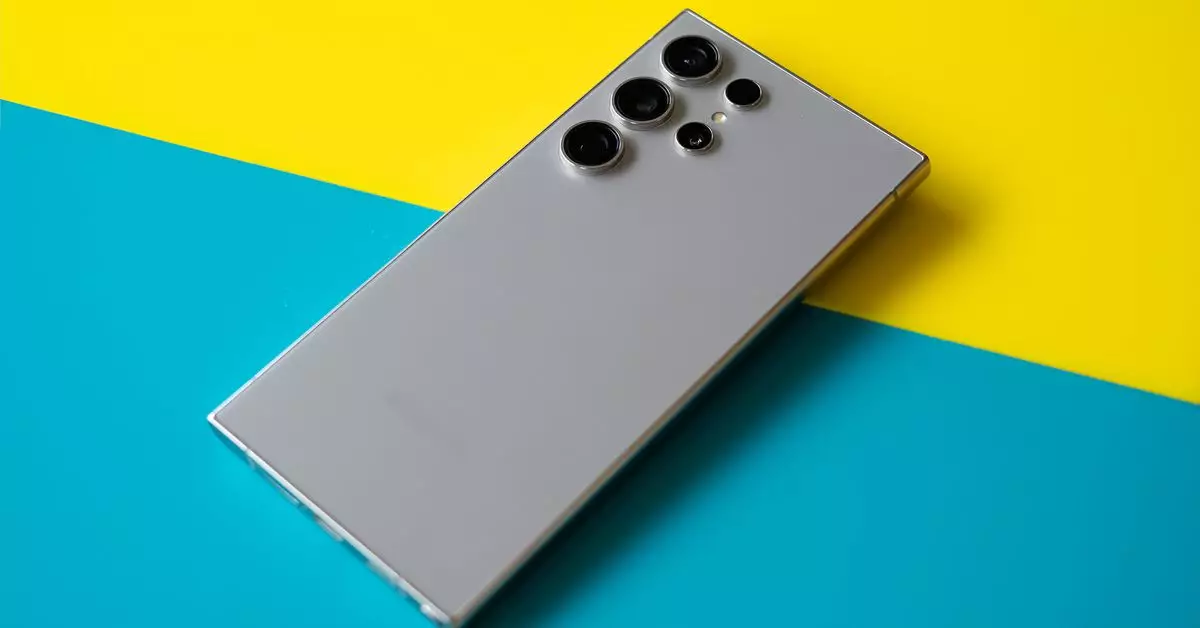In recent years, High Dynamic Range (HDR) technology has become increasingly prevalent in mobile devices, offering users a richer visual experience with vibrant colors and sharp contrasts. As smartphone manufacturers push the boundaries of display technology, HDR has transformed how we consume video content, particularly on social media platforms like Instagram. The surge in HDR content might seem like a boon for visual enthusiasts, but it also brings with it challenges—especially regarding user control over their viewing experience.
The Dilemma of Overwhelming Brightness
While HDR content can look spectacular, it can also be overwhelming, particularly in low-light environments. Notifications from social media often bombard users with vibrant, high-contrast images and videos, leading some to be caught off guard by the brightness of their screens. This sudden spike in display luminance can strain the eyes and detract from the overall user experience, especially when individuals want a more subdued viewing experience during night-time or in darker settings. Herein lies the need for a solution that allows users to regain control over the intensity of HDR content.
Samsung’s Step Forward with One UI 7
Recognizing this issue, Samsung’s upcoming One UI 7 update introduces a much-anticipated feature: a dedicated toggle for HDR content. This “Super HDR” setting aims to provide users with a simple means of managing display brightness across all applications. As reported by 9to5Google, this feature is designed to adjust the display settings, allowing users to prevent their screens from reaching overwhelming brightness levels when displaying HDR media. The ability to customize this aspect of viewing not only enhances comfort but also empowers users to dictate their own visual experience.
Currently, Apple users don’t have a comparable feature specifically targeting HDR, which raises questions about usability across platforms. While iPhone users can circumvent HDR content by switching to low power mode, this comes with a host of other system-wide changes that may not be desirable for all. Moreover, for those who primarily seek to control HDR content within specific applications like Instagram, the limited option to disable HDR in the app’s settings feels lacking. On the other hand, Samsung’s dedicated toggle stands out as a proactive approach that directly addresses user concerns in a clear manner.
From a user experience standpoint, Samsung’s implementation signals a significant leap towards enhancing interplay between technology and personal comfort. As mobile devices become more advanced, the need for more nuanced control over their features grows correspondingly. Users should not have to navigate through cumbersome menus or implement drastic system changes just to enjoy a comfortable viewing experience. Awareness and adaptability in feature design play a pivotal role in user satisfaction, and Samsung’s initiative showcases a commitment to improving that aspect.
As mobile technology continues to evolve, features like Samsung’s Super HDR toggle could set a precedent for future updates and innovations across other platforms. The emphasis on user autonomy demonstrates a shift towards a more considerate technology landscape, one that honors individual preferences while accommodating general trends. In a time when screen time is omnipresent, solutions like these enhance not just the functionality of devices but also the overall quality of digital interactions.

